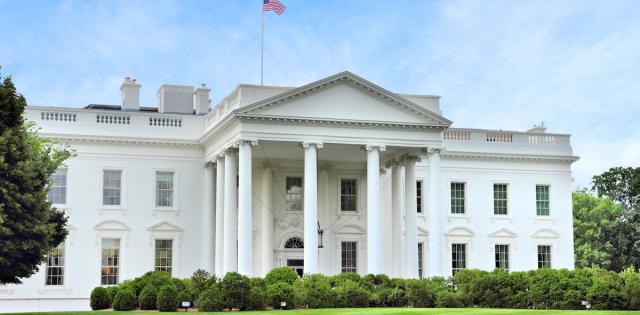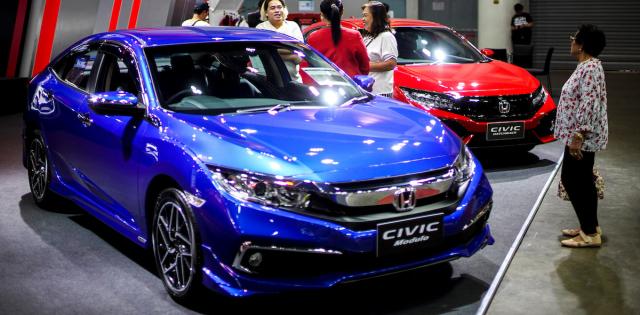From the first auto show in New York 121 years ago, millions of American car shoppers have flocked to their local car show each year to be awed by the latest and greatest the industry has to offer. From electric headlights and heaters to four-wheel drive and front-wheel drive, car shows are the place many consumers first see and experience new body styles, vehicle segments, amenities, features and technological advancements.
From VW and Nissan to Toyota and Subaru, every new brand entering this market has leveraged auto shows to introduce themselves to a skeptical, resistant American public.
There’s an easy answer to why this system has been in place since the inception of the ‘horseless carriage.” Simply put, auto shows – the auto industry’s largest experiential marketing options - work.
Pre-Covid, an average 11 million Americans went to their local show every year. 7 out of 10 are in the market for a new car. In a market of 14 ½ million retail sales, this is a staggering share of the car buying audience walking those show floors.
Based on thousands of surveys conducted annually with show attendees, the argument for auto shows only gets stronger. A typical visitor drives up to an hour, pays for parking, show tickets and concessions, and spends 5 hours on the show floor. That is huge commitment to attend what could be considered one very long car commercial.
As a result of their show experiences, a stunning 40% of shoppers add one or more brands to their consideration list. And when they do buy, the auto show influences their purchase choices – influencing as many buyers as digital does, and more than are influenced by other marketing option in the toolbox.
So why then are some brands opting out of shows?
Perhaps the first winds of change blew in January of 1992, when Bob Lutz and Detroit Mayor Coleman Young drove a new Jeep Grand Cherokee through a window at Cobo Center. Orchestrated by PR whizzes, the stunt shocked journalists and was followed up by other wildly successful Chrysler press events. And the game was on.
Competitive brands had to raise the stakes. Displays became increasingly elaborate – and exceedingly expensive – all to lure auto journalists to freshly expanded convention centers and dazzling multi-media launch presentations delivered by company brass.
Then the crash of 2007 left financial markets and the auto industry in ruins, and cost cutting a matter of life or death. As the world clawed out of recession, auto marketers were faced with a new set of normals:
- Media consumption was shifting to digital, making the distribution of content and messaging quick and inexpensive, and a circuit of journalists gathering in one place less necessary.
- Exploded budgets led to legitimate questions about the value equation of auto shows.
- And when management asked what those dollars spent were truly yielding, the answers were often in the form of media results and lead generations, or spikes in auto show-driven dealership traffic.
With those types of answers, it might be easy to conclude that auto shows should be skipped by some brands. Because if valued solely by the numbers of journalists accredited, how many articles written, or sales leads generated, one could conclude that at present investment, auto shows deliver subpar returns.
But throughout most of their history, auto shows were not about the press; they were about providing consumers a low-pressure, pleasant environment to touch, smell, sit in and learn about all the newest offering in hundreds of new vehicles. About helping customers down the path from brand awareness to cross-consideration, shopping, and ultimately to their purchase decision.
Every part of this remains as true today as it did more than a century ago.
There is a strong argument to be made that auto shows will be even more critical in coming years. The industry has to convince consumers to buy the battery electric vehicles (BEVs) already churning out of factories.
A recent J.D. Power report reveals that the supply of BEVs currently outweighs buyer acceptance for them – and even more supply is on the way. That study also states that BEV consideration goes up dramatically if consumers become familiar with them, even by simply sitting or riding in one.
In a modern world when dealerships increasingly fall at the end of the shopping process – if not avoided entirely – where can large numbers of consumers intimately experience, be educated about and get comfortable with BEVs?
It is still auto shows, where consumers have been unwaveringly along for the ride now for 121 years - and counting.









